The Rise of the M60 to the M60E6

During World War II, the German Army introduced a new concept in universal or general-purpose machine guns. The MG 34 and the MG 42 were relatively lightweight guns that could be operated from bipods. They featured a quick-change barrel system and could use a soft mount on a tripod. After the war, as the dust settled, many nations, including the United States, examined German weapon technology. The U.S. was already very familiar with German weapons and was particularly interested in the designs and concepts aiming to replace its existing models, the M1919A4 and M1919A6.
In the late 1940s, the U.S. Ordnance Corps developed the T44, essentially a modified FG42 with an MG42 feed tray cover attached to the side—a sort of "Franken-gun." This marked the beginning of the M60 story.
Through multiple prototype iterations, the T52 series chambered in the experimental T65 cartridge, the T161 series .30 caliber M2 cartridge, in case the developing T65 Light Rifle cartridge, the T161E3 emerged. In the mid-1950s, the T161E3 was adapted for the new T65 or the 7.62x51mm NATO cartridge and T89 link, now the M13 link. The weapon is nearly 10 lbs. (4.5 kg) lighter than the M19A6, weighing 23 lbs. The T161E3 gun was designated the M60 machine gun, and the new push through the T89 link was designated the M13 metallic belt cartridge link on January 30, 1957.
The Gun
Compared to its predecessors, the M60 is a lightweight, stamped machine gun. Its design features a gas-operated, two-lug rotating bolt, drawing influence from the FG42, which was, in turn, influenced by the Lewis machine gun. Additionally, the M60 includes a changeable barrel and a camming feed mechanism derived from the MG42. The layout of the M60 is a quasi-bullpup design similar to that of the FG42, resulting in a reduced overall length.
The complex gas system utilizes a gas expansion cutoff design, effectively creating a self-regulating system. Any excess gas pressure is released through the barrel, with a small bleed hole at the front of the gas cylinder.
The M60 first entered combat in 1965 during the Vietnam War. It offered soldiers and Marines a lightweight machine gun that was mobile and capable of delivering a high volume of fire, which was everything they needed. However, the weapon also exposed several design flaws.
The M60 machine gun has a known design flaw. We take this for granted today, but the feed tray cover cannot be closed when the bolt is in the forward position. The trigger group is secured by two pins held in place by a flat spring; however, the retaining plate can shift, which may cause the fire control group to detach, potentially resulting in lost parts or a runaway gun.
Another negative was the bipod attached to the barrel. This design meant each spare barrel had an additional bipod, adding extra weight for soldiers. Additionally, this setup made barrel changes interesting, especially in combat. There was no support for the gun, and the carrying handle was attached to the trunnion rather than the barrel, which made barrel swaps more challenging.
The gas system also tended to disassemble after high round counts and could be installed incorrectly. While wire-tying components often address issues with the trigger group and gas system, such fixes negatively impact the overall design. Notably, after firing many rounds, the M60 receivers could stretch and may develop cracks after reaching approximately 100,000 rounds.
These shortcomings led to several attempts to upgrade the gun. By the 1980s, Saco Defense had participated in the Joint Service Small Arms Program and had developed the improved M60E3. To resolve the barrel change issue, the bipod was relocated to the front handguard, and a feed cam was installed that allowed the feed tray cover to close with the bolt forward. The gas system was also enhanced for better reliability.
During machine gun trials conducted from 1994 to 1995, the focus was primarily on reliability and combat serviceability, with weight not a significant concern. A total of 50,000 rounds were fired through the Enhanced M60E3 and another model referred to as M240. The M240 achieved an average of 2,962 Mean Rounds Between Stops (MRBS) and 6,442 Mean Rounds Between Failures (MRBF), while the Enhanced M60E3 recorded 846 MRBS and 1,669 MRBF. As a result, the U.S. military adopted the M240B.
As the M240 gained traction, specialized units of the U.S. Navy continued to use the M60 machine gun, which is over 4 lbs lighter than the M240. In the 1990s, the Navy adopted a shortened version known as the M60E4, which was designated the Mk43. After introducing the FN MK48, the Navy began phasing out the MK43.
U.S. Ordnance further improved the M60 by retooling and upgrading the weapon system, creating a lighter and shorter version while maintaining its accuracy and effectiveness as a machine gun. This resulted in the improved M60E6. The M60E6 features a rail feed tray cover, a feed cam that allows the feed tray cover to close with the bolt forward, and an enhanced feed mechanism that increases pull strength by 30%. A torture test conducted by U.S. Ordnance and Small Arms Defence Journal data is as follows: after firing 50,000 rounds, the M60E6 achieved 12,500 MRBS and MBRF. The M60E6 outperformed the U.S. specification of 7,500 MRBS by a factor of 1.12.
The M60 and its modernized variants are light machine guns weighing 20.21 lbs. (9.17 kg). This weapon demonstrates improved performance with reliable feeding, achieving over 12,000 rounds between failures and stoppages. The data indicates that the M60E6 is more reliable than the M240. Additionally, the M60E6 is lightweight at 20.21 lbs. but also offers better balance, with a receiver service life past 100,000 rounds. The M60E6 is also a good candidate to suppress. All these factors combine to make the M60E6 a highly appealing GPMG.
Sources:

Lynndon Schooler is an open-source weapons intelligence professional with a background as an infantryman in the US Army. His experience includes working as a gunsmith and production manager in firearm manufacturing, as well as serving as an armorer, consultant, and instructor in nonstandard weapons. His articles have been published in Small Arms Review and the Small Arms Defence Journal. https://www.instagram.com/lynndons
More by Lynndon Schooler
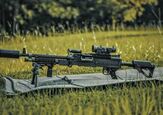

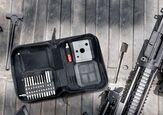

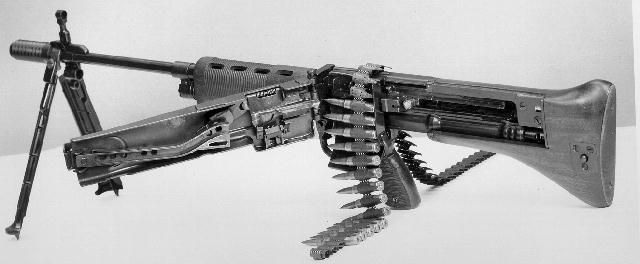









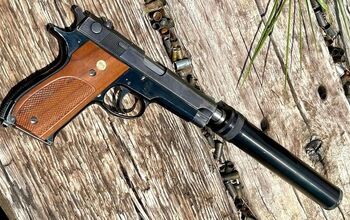
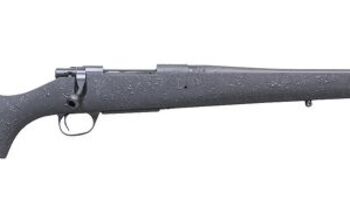
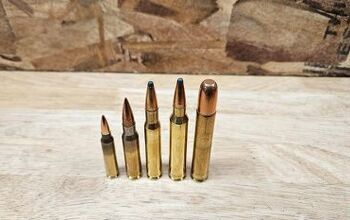







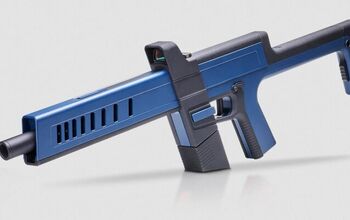


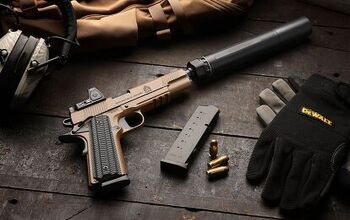



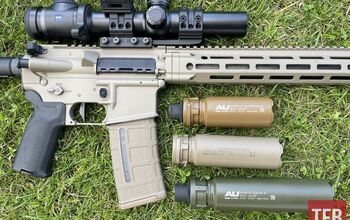
Comments
Join the conversation
I remember another design flaw not mentioned here.
I humped the M60 during Basic & AIT in the late 70s.
(forgive my memory if I call the parts by wrong names - it's been over 30 years)
IIRC, the firing pin carrier group (looks like silver 18650 vape battery) had parts that could accidentally be assembled backwards, causing the M60 to fire only once, or not at all.
I was a machine gun squad leader in the 4ID in the late 90's when we swapped the M60 for the M240B. By then the 60's were worn out and the runaway gun danger was such that we practiced breaking belts before every trip to the range. The carry handle on the receiver meant we had to carry an asbestos glove for barrel swaps. But the switch barrel weapon had the adjustable rear sight on the receiver, so could only zero one barrel. My guys that carried them were less enthusiastic about the weight increase, but I was perfectly happy to trade a few extra pounds for the 240. We also had a version of the 240 as a coax on the M2 Bradley. Now what I just read about the M60E6 reliability makes me a bit jealous I never had the privilege.